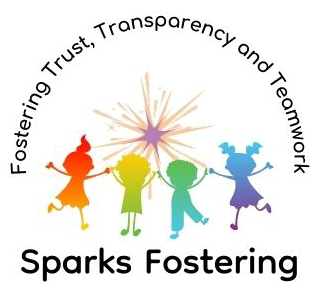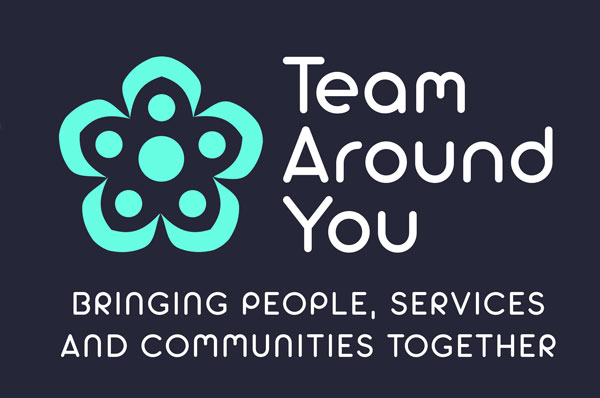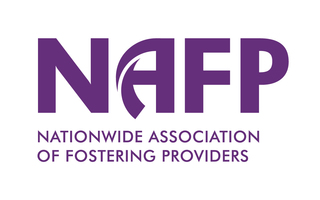Fostering Children with Disabilities
Disability is a broad term and there is a spectrum of abilities for all children; however, in terms of fostering, disability refers to children with a higher level of need. This includes children with development delay, learning needs, autism, physical disability (e.g. needing a wheelchair), complex emotional/mental needs or similar high level needs. Children who have these additional needs are not necessarily ‘harder’ to look after than children without these types of needs, because children without disabilities can also present as having complex needs (such as behavioural problems). Sparks Fostering would assess each applicant on their ability and motivation to care for children with disabilities; most foster carers would not be approved to care for children with complex disabilities. Sparks Fostering would expect the foster carers of children with disabilities to have very good availability (i.e. someone is available most or all of the time), to attend additional and regular training, to have a high level of recording and to attend more regular meetings. Because of these additional demands and expectations, Sparks foster carers of children with disabilities are given more support, more supervision and higher allowances and fees.
The Social Model of Disability has been developed by disabled people in response to the medical model and the impact it has had on their lives. Under the social model, disability is caused by the society in which we live and is not the ‘fault’ of an individual disabled person, or an inevitable consequence of their limitations. Disability is the product of the physical, organisational and attitudinal barriers present within society, which lead to discrimination. The removal of discrimination requires a change of approach and thinking in the way in which society is organised. The social model has been developed with the aim of removing barriers so that disabled people have the same opportunity as everyone else to determine their own lifestyles. A simple example is that of a wheelchair user who has a mobility impairment. They are not actually disabled in an environment where they can use public transport and gain full access to buildings and their facilities in the same way that someone without the impairment would do.







